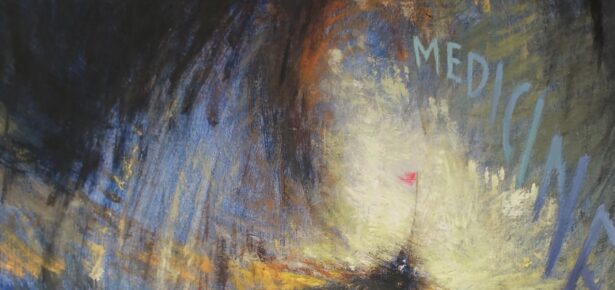
In 1959, CP Snow could claim that the average intellectual knew about as much about science as his neolithic ancestors. Overstated perhaps, but he had a good point. Science, through its technologies, has crept up to become a dominant explanatory system over the long twentieth century, and yet this has, at least until recently, been largely ignored in the public space. The practice of medicine at one level can be seen as the technological arm of science (of many sciences) and increasingly so as the long twentieth century progressed. Medical science has delivered many manifest benefits to epilepsy, and these are celebrated in this book.
Science though is not infallible. Although often claiming objectivity and an ‘inner logic’, this is an illusion. Both science and medicine, like all other human frailties, are highly susceptible to social and personal influences, and are dependent on prevailing societal norms and attitudes and on politico-economic factors. The choice of topic, the personality of scientists, the environment and funding of science are all dictated by outside forces which have nothing to do with scientific method. Nor has scientific progress proved reliable. The history of epilepsy is an exemplar, cluttered as it is with erroneous theory and dubious practice. Medicine has transformed epilepsy, but the journey has not been linear. Indeed, on many occasions, mad theories and bizarre treatments were acclaimed and widespread and many patients have been damaged by these over the passage of time.
Science too frequently trumpets neutrality – and as such takes no ethical stand. Many of the disasters of the 20th century can be blamed on this form of amorality – and in the field of epilepsy misfortune has occurred especially in the disciplines of epilepsy genetics and psychology. Science and medicine also suffer from misinformation, deliberate fraud in some cases, but more often sloppy interpretation. Disinformation now, with the rise of communication technologies, has reached a degree which is seriously jeopardising progress. I am aware of esteemed colleagues whose results are never replicated and whose scientific output is opportunism.
The medical ‘epilepsy balance sheet’ though is surely positive, and few in 2020 would exchange their situation for that of 1860. But we should certainly not be complacent, and there can be no confidence that some (perhaps many) of our current orthodoxies are as likely to be demolished as were those of the past.
As a young doctor, epilepsy enthused me as an essentially scientific challenge. It was gratifying to acquire orthodox medical knowledge and become an ‘expert’ (or so I thought) able to share medical knowledge with my patients and colleagues alike. I viewed the condition through a medical telescope whose lenses were coated to avoid distracting rays from less convenient sources.
As time passed, however, other things became clear. First was the issue of ‘perspective’. I realised that the focus of the doctor was not always shared by the patient, or indeed by that nebulous entity, society. Put 10 people in a room and you will have 10 different opinions on what should be central concerns. This is of course obvious, but I realised that the implications of this for epilepsy medicine had not been fully explored. I began to appreciate that the wisdom (so assiduously accumulated!) and which I was trying to apply to my patients with epilepsy was only of partial relevance – it left out a great deal. Of course for some conditions – emergency surgery, the acute treatment of infection – the non-science of the condition is rather irrelevant, but for a condition such as epilepsy layered as it is with assumptions, meanings, archetypes and associations which have nothing to do with technocratic medicine, it is crucial. Doctors study disease, patients experience illness. The two are not the same.
The predominate post-war politics of social democracy has provided funding and status to epilepsy research and practice at unparalleled levels, but within such a capitalistic framework there is an emphases on profit and expansion which is not necessarily in the patients’ best interests. In the earlier half of the century, eugenics was a powerful social force and had a doleful effect on those with epilepsy. Throughout the century, attitudes to mental illness and to disability have directed the course of medicine. At first half of our history, epilepsy was in the province of psychiatry and at the mercy of psychiatric asylum practice, often deterministic or brutal in nature. These are just some of the examples of the currents which have buffeted Epilepsy as she has traversed the century.
I have also tried to include the interpretation of epilepsy in literature, biography, memoir and in film (and other arts) – for it is in the creative arts that the richness of meaning of epilepsy is most fully exposed. The arts are the flesh on dry bones. The patients’ voice was silenced for most of the long twentieth century, but recently has begun to emerge from the shadows. The result has been a burgeoning of personal testament in the past 3 decades. This transparency has, I would argue, been instrumental in reducing prejudice and stigma, and this is the most important of all the developments in Epilepsy’s erratic voyage.
Latest Comments
Have your say!